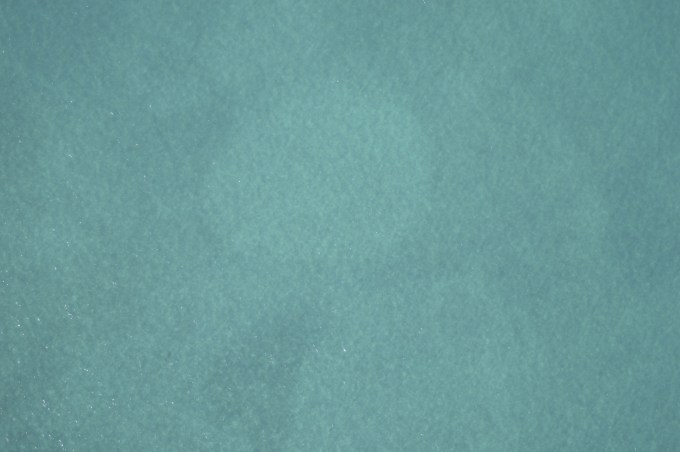

| Online: | |
| Visits: | |
| Stories: |

| Story Views | |
| Now: | |
| Last Hour: | |
| Last 24 Hours: | |
| Total: | |
Counting Endangered Sea Cows Is Hard, so We’re Going to Make AI Do It

Can you spot the lone dugong in this image? Look closer. Closer… still no? Try this larger version. Give up? Here it is. Now do that with 45,000 more. If that sounds tedious, then perhaps you, like researchers at Murdoch University, would prefer to delegate the duty to a specially-trained computer.
Amanda Hodgson, of the school’s Cetacean Research Unit, has been using UAVs to capture images of marine animals for years, but the data piles up fast, and there are only so many grad students.
Hodgson worked with computer scientist Frederic Maire, of the Queensland University of Technology, to automate the process.
They trained a machine learning system on imagery where the sea cows had already been tagged, allowing it to look at fresh photos and spot them with about 80 percent accuracy. The success rate should improve, and at any rate it’s good enough to give a ballpark measure and indicate images that need to be scrutinized more closely.
The one below, for instance, may need to be double-checked, since there are so many creatures in it and the shadows may fool the system into counting a few twice:

This one’s a little easier.

Source: https://techcrunch.com/2016/11/09/counting-endangered-sea-cows-is-hard-so-were-going-to-make-ai-do-it/?ncid=rss


